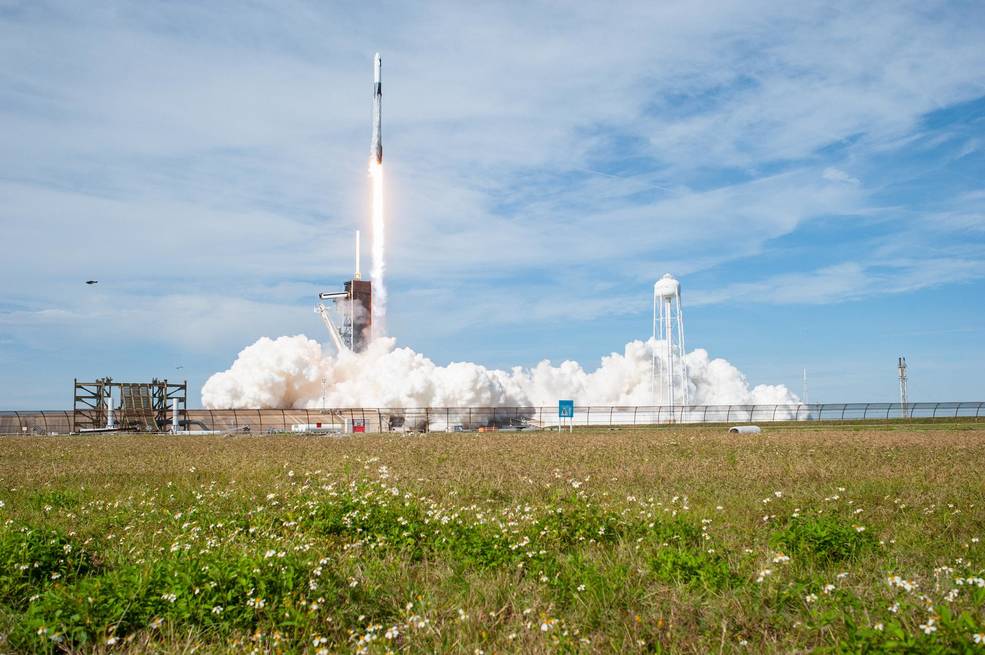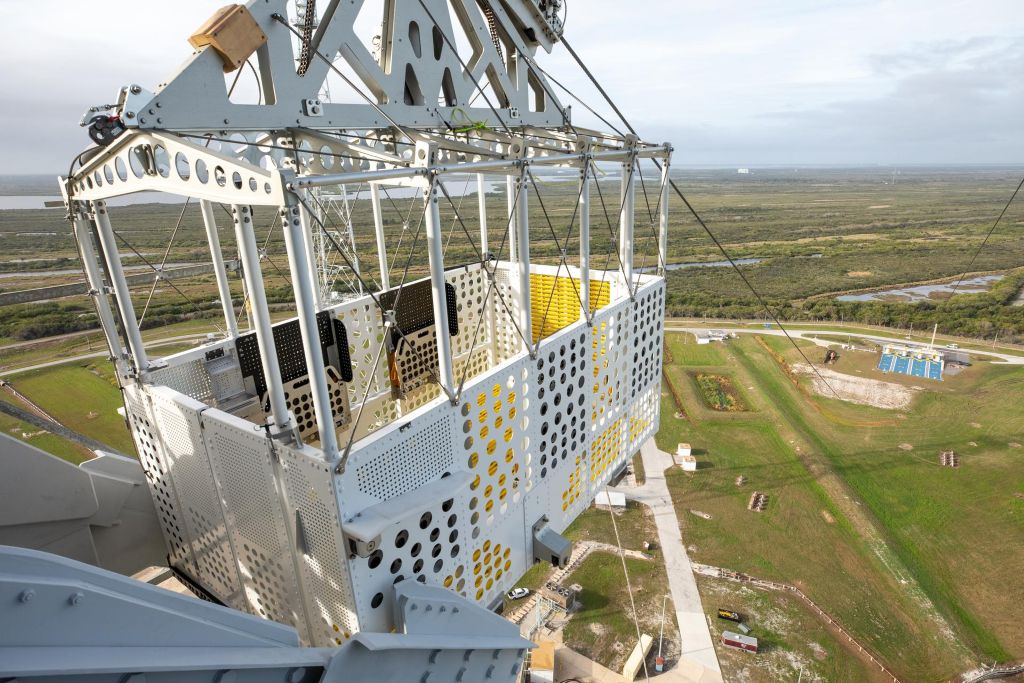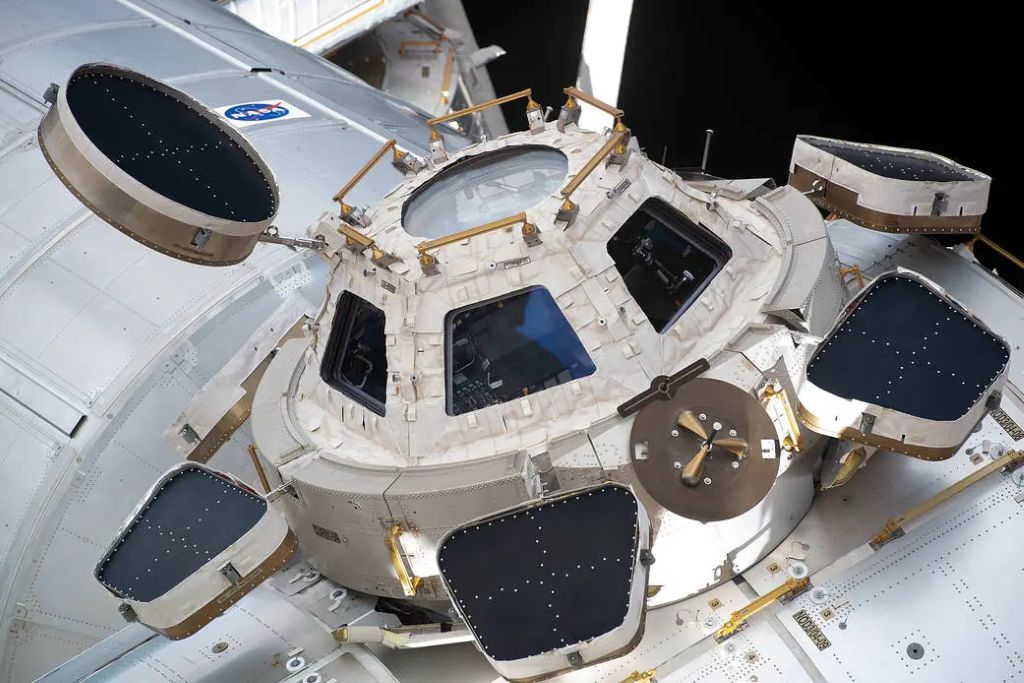Next Step Toward the Moon: LZH and TU Berlin partner with Astrobotic

Astrobotic is partnering on MOONRISE, a project in which researchers are working to bring 3D printing to the Moon. Laser Zentrum Hannover e.V. (LZH) has contracted with Astrobotic for a flight to the Moon, set to take place in late 2026.
“I am excited to announce our partnership with Astrobotic, a key player in space technology. We are thrilled to have found a partner with whom we can, in the most literal sense of the word, elevate this great project,” says LZH’s CEO, Dr. Dietmar Kracht. Astrobotic is a lunar logistics company that provides end-to-end delivery services for payloads to the Moon, for both commercial and scientific purposes. The company secured the contract through a competitive selection process.
“The MOONRISE team is testing a key technology for future activity on the Moon, and we are grateful to be competitively selected for the delivery of their payload. MOONRISE is a great example of the kinds of new ideas, new science demonstrations, and new countries that can make use of our lander delivery services to advance their own planned contributions to the burgeoning lunar economy,” says Dan Hendrickson, Vice President of Business Development for Astrobotic.
First steps to 3D Printing on the Moon with Laser and AI
LZH plans to equip Astrobotic’s lander with a compact, sturdy laser as payload. This laser will melt lunar dust, known as regolith, creating 2D structures on the lunar surface. A camera will capture the process, enabling researchers on Earth to analyze it through an intelligent image processing system. Artificial intelligence (AI) will not only help to find a suitable location on the lunar surface for laser melting, it shall also enable quality control of the printed structures.
As the project gears up for its lunar mission in two years, LZH continues its research on Earth in collaboration with project partner TU Berlin, focusing on optimizing the laser melting process. Researchers are experimenting with synthetic regolith produced by TU Berlin and train the AI for lunar deployment.
| Vision: 3D-printed Moon Base In the MOONRISE project, LZH and TU Berlin researchers are exploring ways to manufacture infrastructure on the Moon using available materials. Transporting materials from Earth to the Moon is expensive with prices of up to one million dollars per kilogram. Directly creating landing sites, roads or buildings from lunar dust could therefore significantly reduce costs. The experiment aims to provide proof of concept that laser melting is viable on the Moon. The project is funded by the German Space Agency at DLR with funds from the German Federal Ministry of Economic Affairs and Climate Action of 4.75 million euros. Project partners are LZH and TU Berlin. |
| LEARN MORE ABOUT MOONRISE >>> |
 |
| In the MOONRISE project, scientists are researching how we can use lasers to 3D print landing roads or buildings from Moon dust in the future. (Photo: LZH) |
About Astrobotic
Astrobotic is at the forefront of advancing space exploration and technology development. Our expertise spans from lunar rovers, landers, and infrastructure to spacecraft navigation, machine vision, and computing systems for in-space robotic applications. To date, the company has been contracted for two lunar missions, and has won more than 60 NASA, DoD, and commercial technology contracts worth more than $600 million.
We recently launched and operated the first American lunar lander mission since the Apollo Program. Beyond helping lead America back to the Moon, Astrobotic developed and operates highly reusable vertical takeoff, vertical landing (VTVL) rockets and continues to advance next-generation VTVL capabilities and advanced rocket engines. Established in 2007, Astrobotic is headquartered in Pittsburgh, PA, with a propulsion and test campus in Mojave, CA. www.astrobotic.com





